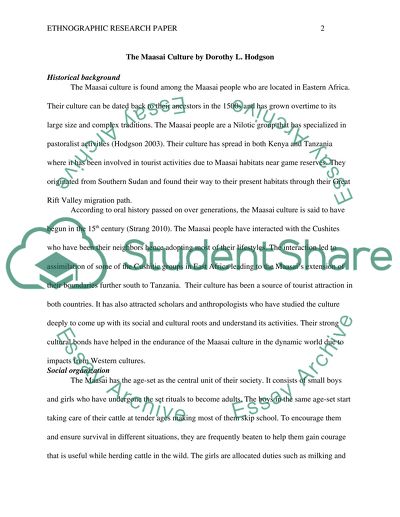Cite this document
(Ethnographic Features of The Maasai Culture Literature review, n.d.)
Ethnographic Features of The Maasai Culture Literature review. Retrieved from https://studentshare.org/culture/1640725-ethnographic-research-paper
Ethnographic Features of The Maasai Culture Literature review. Retrieved from https://studentshare.org/culture/1640725-ethnographic-research-paper
(Ethnographic Features of The Maasai Culture Literature Review)
Ethnographic Features of The Maasai Culture Literature Review. https://studentshare.org/culture/1640725-ethnographic-research-paper.
Ethnographic Features of The Maasai Culture Literature Review. https://studentshare.org/culture/1640725-ethnographic-research-paper.
“Ethnographic Features of The Maasai Culture Literature Review”, n.d. https://studentshare.org/culture/1640725-ethnographic-research-paper.


